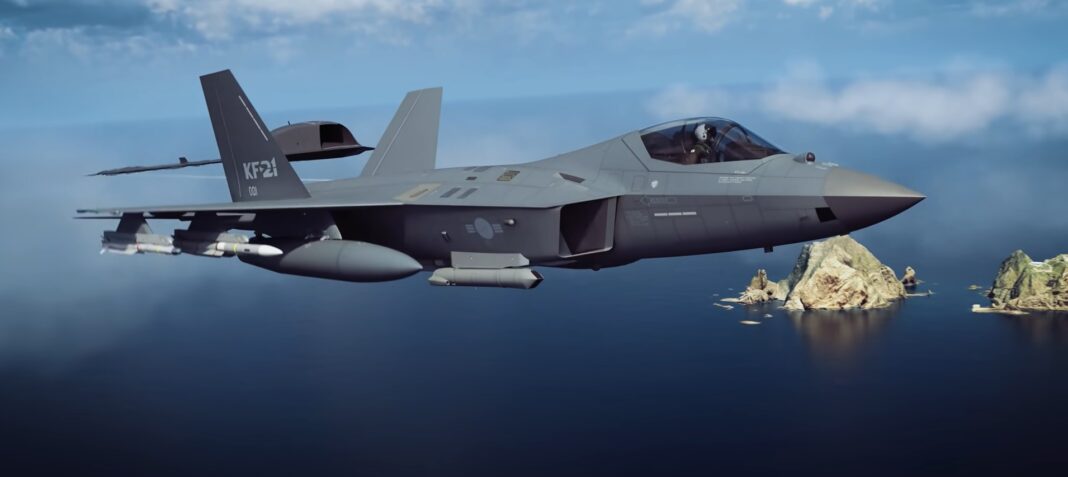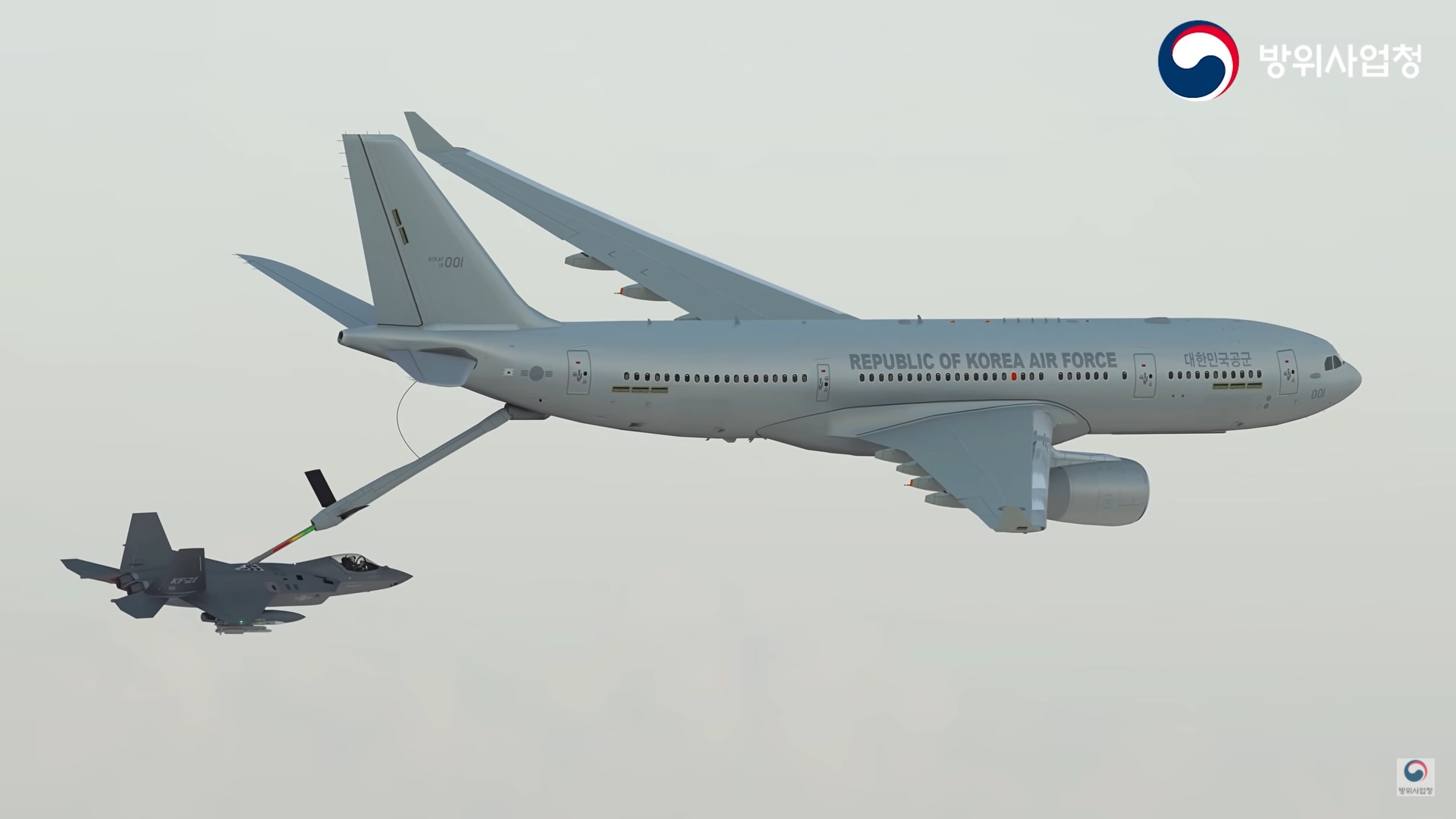The KF-21 Boramae is the new fighter aircraft jointly developed by South Korea and Indonesia, whose rollout took place on April 9 this year.
Its first flight is scheduled for 2022, but while we wait, the manufacturing company (KAI) released a promotional video in which, through computerized images, shows what the aircraft will look like and what mission profiles it will have.
It should be remembered that, although it may not look like it, the KF-21 Boramae is an aircraft that in its present incarnation belongs to the 4.5 generation of fighters, similar to a Super Hornet or Rafale. It is a twin-engine with an expected top speed of 2,200 km/h, a range of 2,900 km and a combat load of up to 7.7 tons.
But it is a design intended from the outset to evolve. It will be produced in successive blocks, which will incorporate new capabilities, with more advanced materials and construction techniques, which will bring this aircraft to the same level as 5th generation aircraft such as the F-35 (considered the de facto standard in this category).
However, KAI recently announced that the KF-21 Boramae will evolve beyond the current 5 Gen fighters to incorporate features of the 6th generation fighters currently under development.
In the video, you can see one of these features being developed in different programs around the world, which KAI also plans to equip the Boramae with. It is the ability to work in a man-machine partnership with unmanned combat aircraft, or drones.
The images show the KF-21 leading a formation of 3 unmanned aerial combat systems, whose stealth design is reminiscent of Russian company Mikoyan’s Skat project.

The drones will be commanded by the KF-21 pilot, who will designate targets and other aspects relevant to the mission, acting as an important force multiplier. These operations will demand the use of powerful Artificial Intelligence (AI), both in the unmanned systems and in the KF-21, a disruptive technology that the 6th generation fighters have incorporated since their conception.










